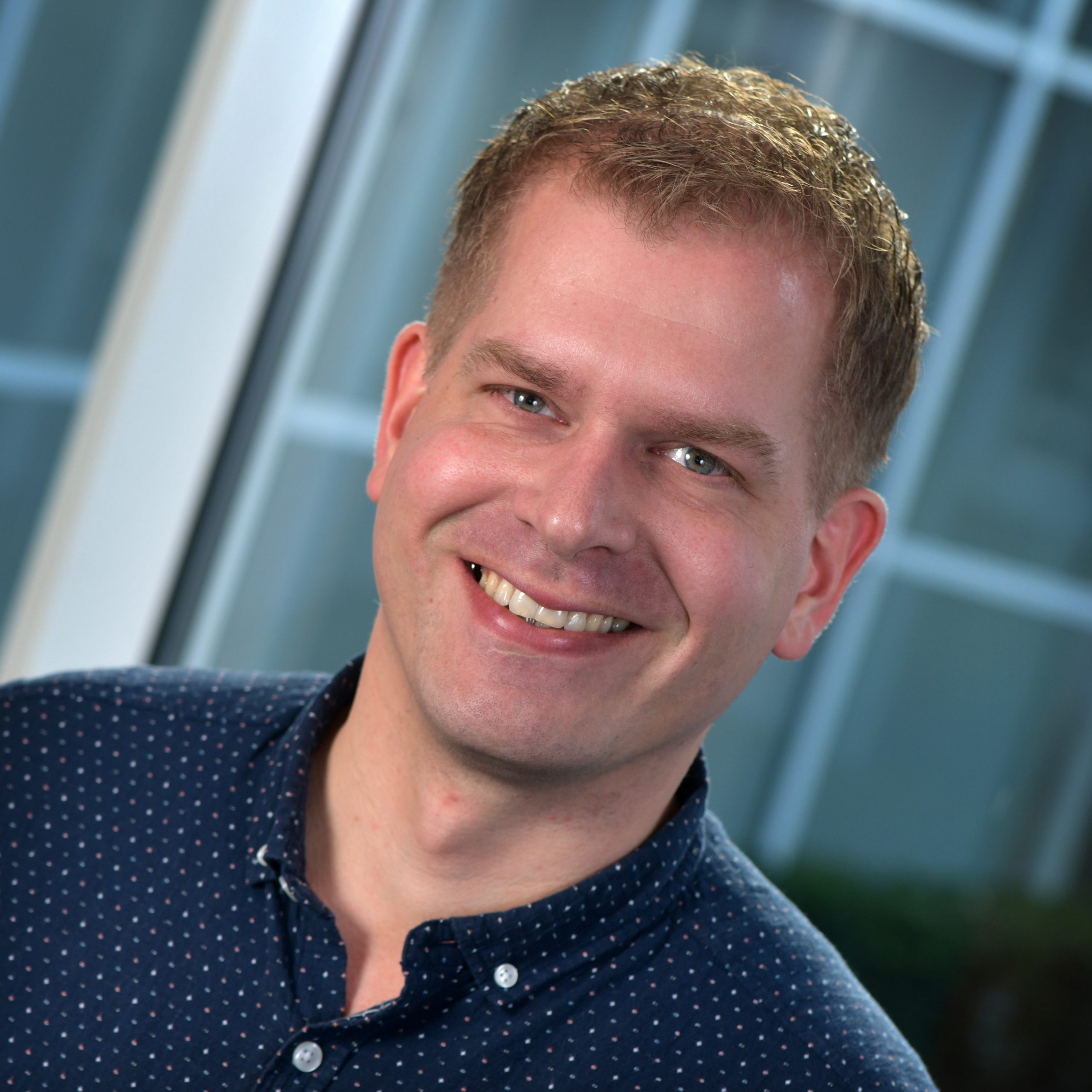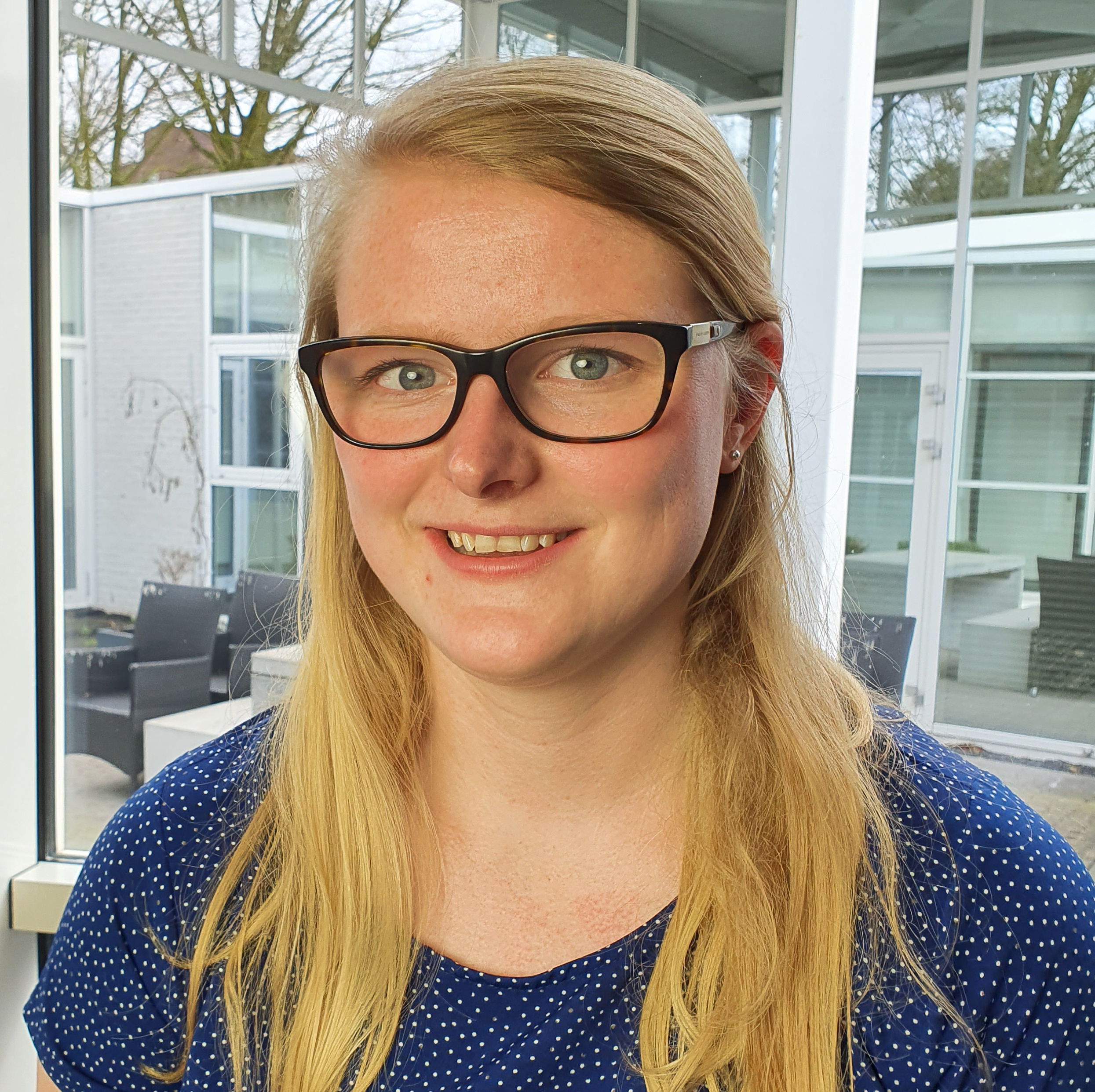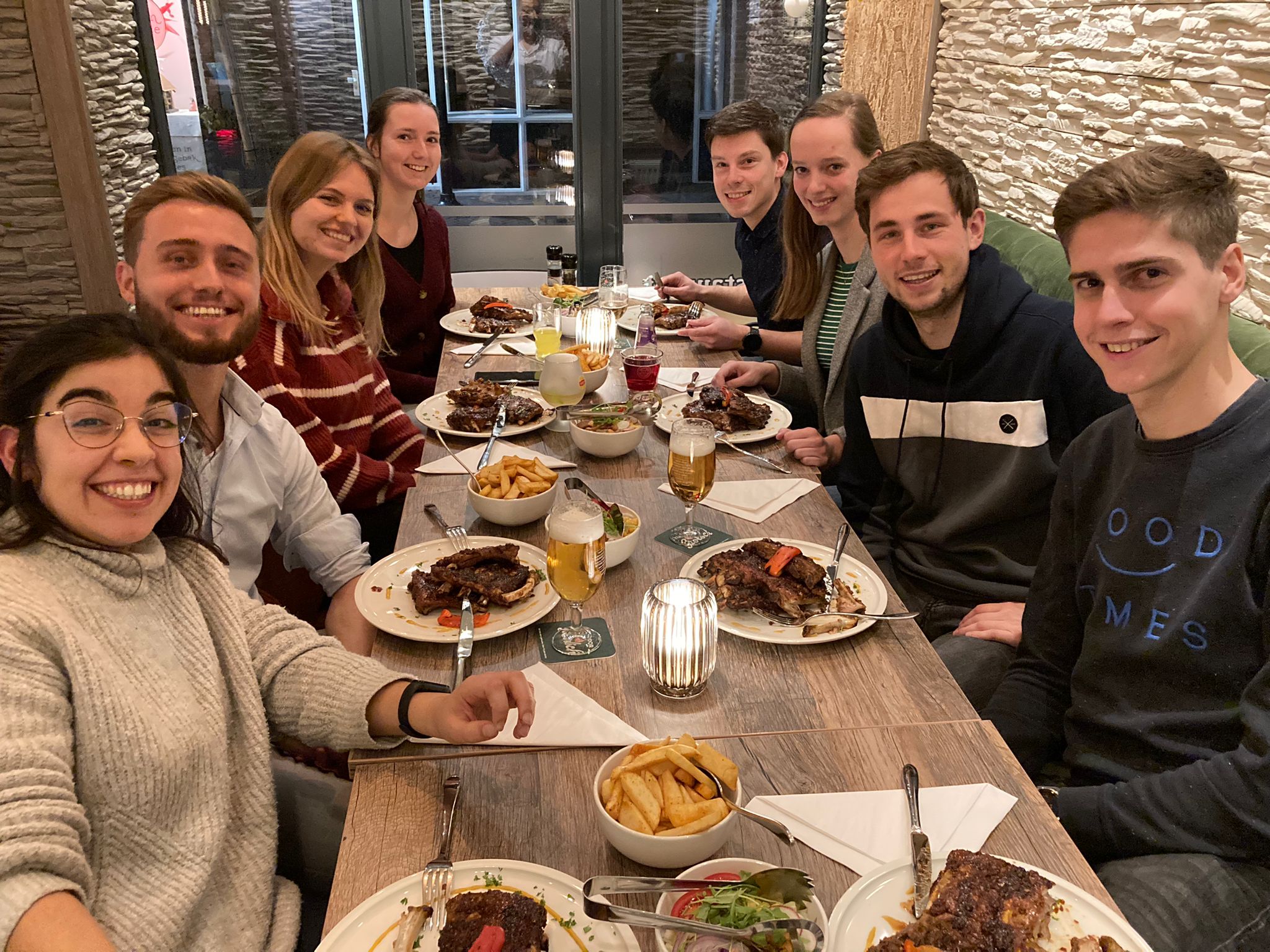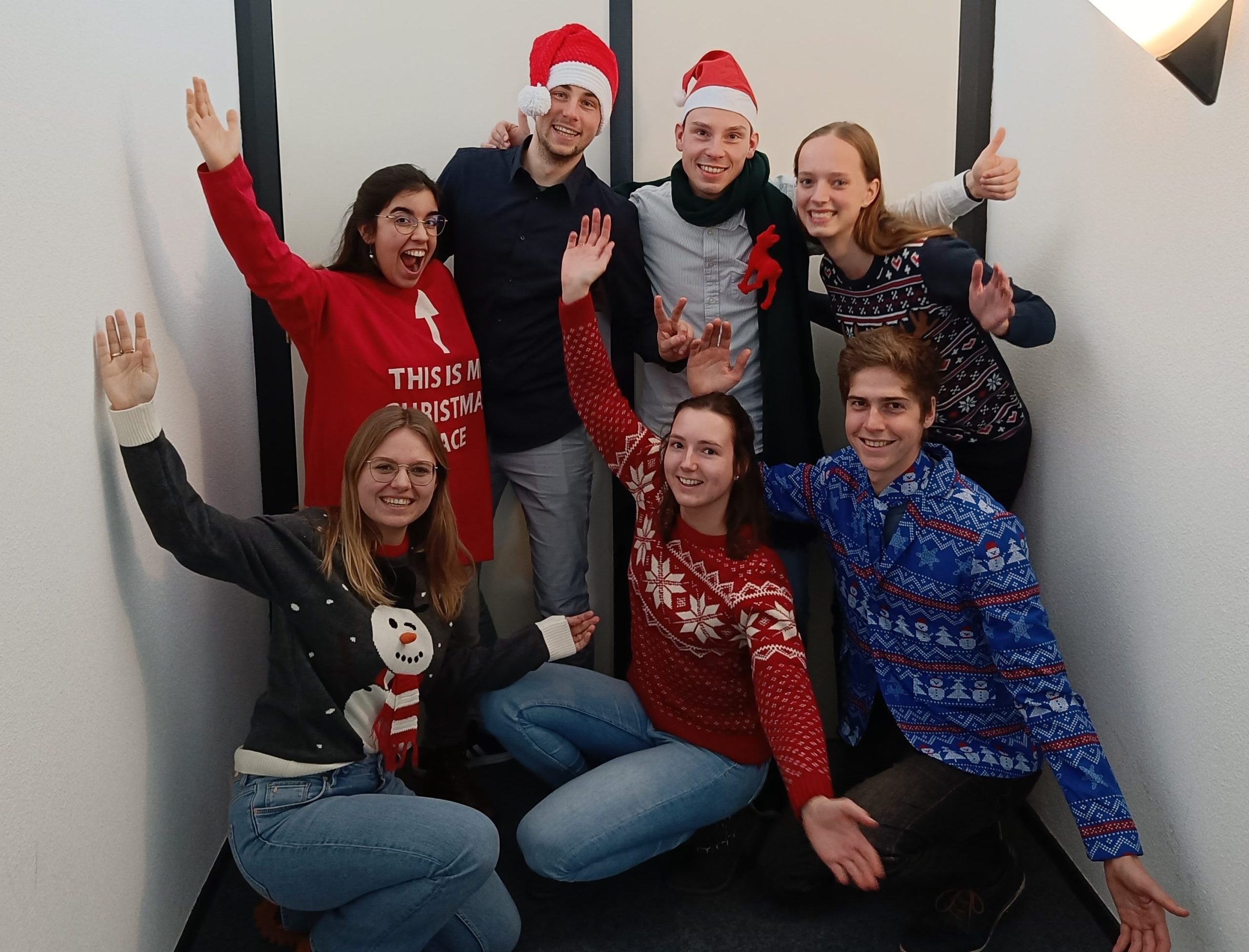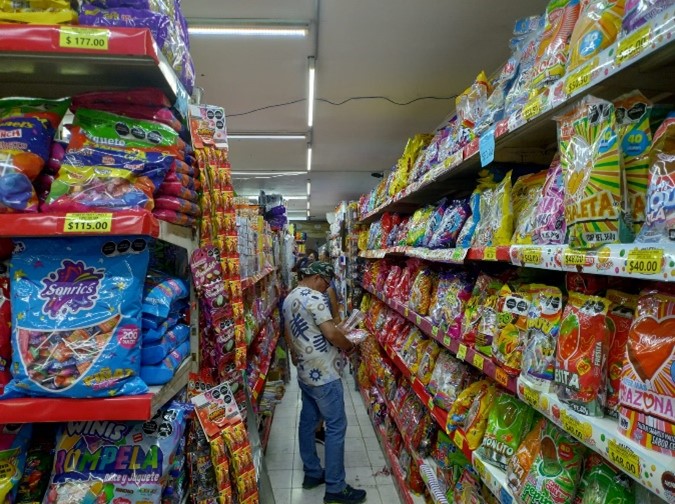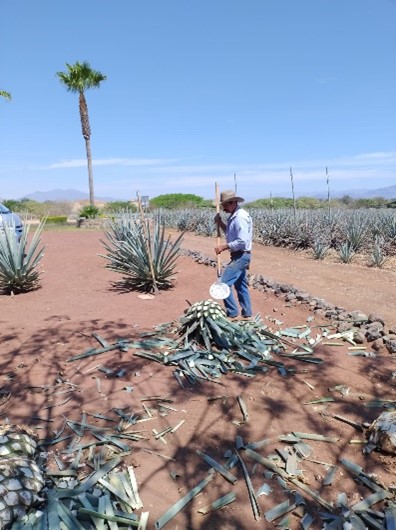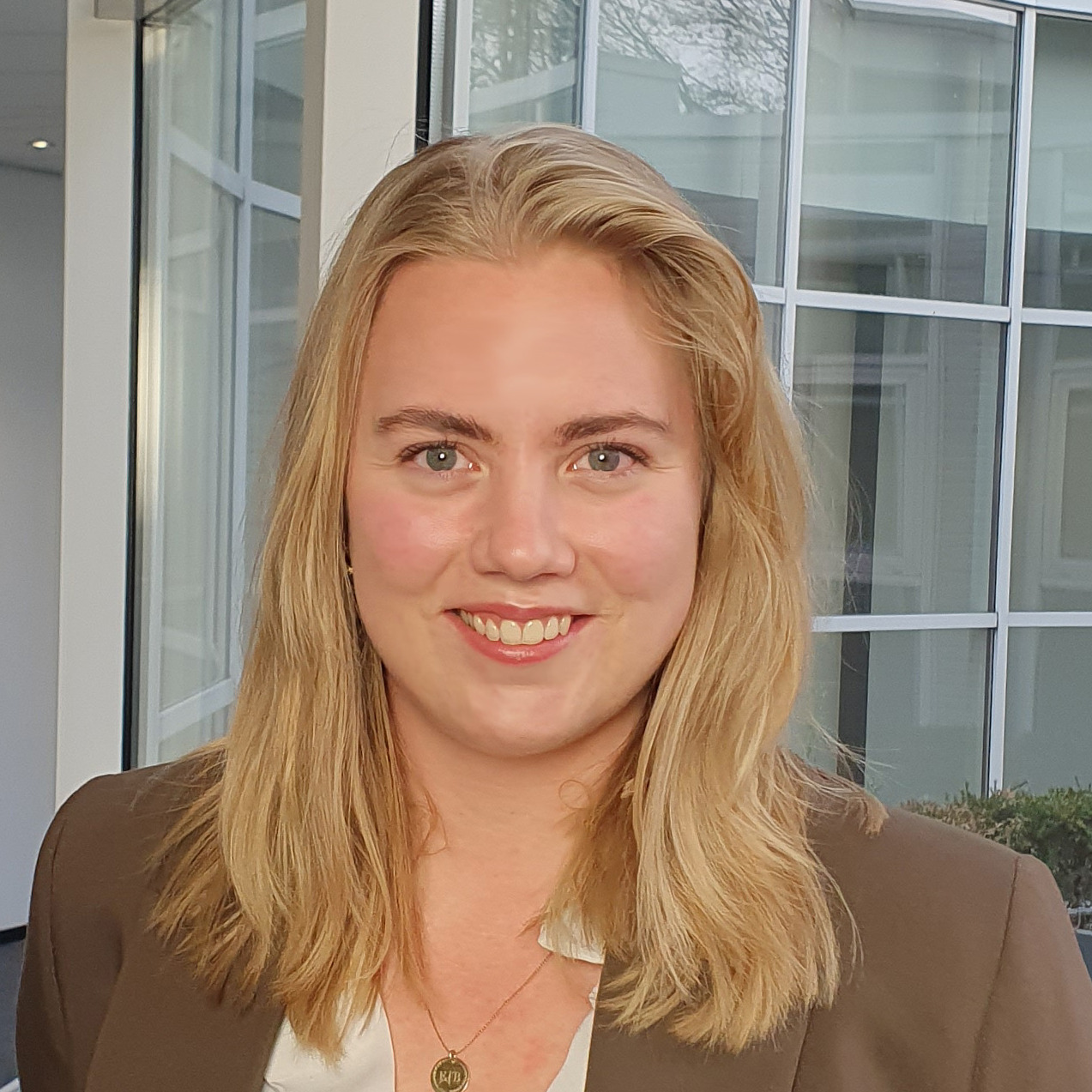Written by: Erik Prinsen
Roessingh Research and Development (RRD) is an impact lab for personalised health technology. Through innovative health technology, RRD contributes to prevention, self-management and optimal participation in society. For RRD, the starting point always is the end-user and the context of use to ensure that innovations meet the user needs and fit the healthcare context. How do we do it? In this blogpost we will introduce the new structure of RRD and highlight our main expertise and research focus.
Old wine in new bottles?
Over the past year, we have refined the focus of RRD. Where we used to focus on rehabilitation technology and eHealth as separate themes, we decided to merge these themes and focus on personalised health technology. Within personalised health technology we typically act as the social sciences and humanities (SSH) partner. Our starting point for the development, application and/or evaluation of personalised health technology is always the user and the context of use. We believe that this is essential for impactful personalised health technology and as such contributes to sustainable healthcare. To tackle these challenges, the researchers of RRD work in three flexible teams: Understand, Create and Impact. In the following sections, these teams are introduced.


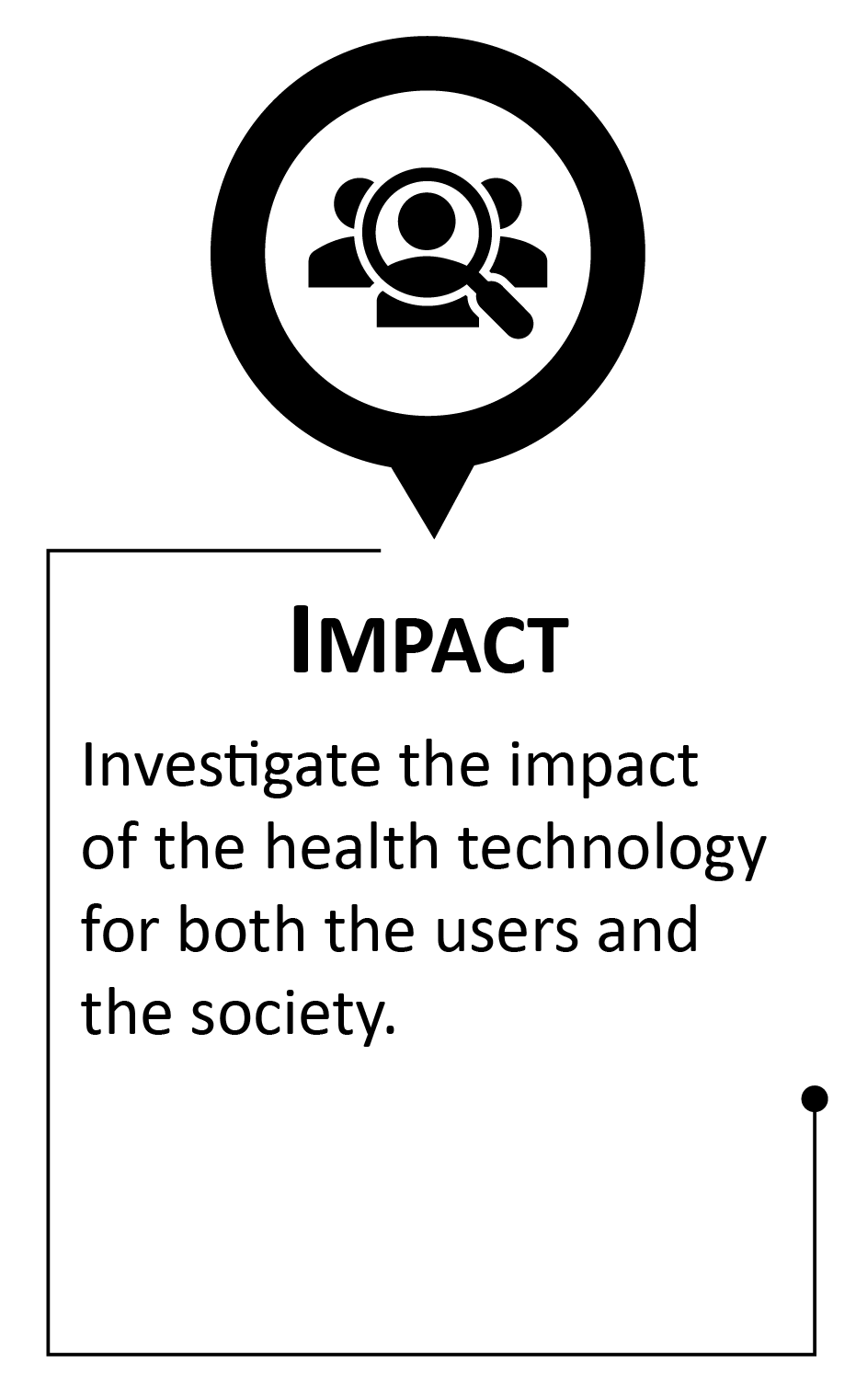
Understanding the user and the context
Team Understand performs research to understand the user needs and requirements and the context of use as input for the development of personalised health technology. The starting point for this is our strong base of health-specific knowledge. Researchers in this team use movement analysis, patient journeys and service modelling to gain knowledge about the user’s health status and their interaction with health technology across all levels: in the persons themselves, in their daily life and in the society at large. This knowledge informs which and how health technology can contribute to the prevention, self-management and participation of its user.
Create tools to understand users and measure impact
To understand the user and the context of use and being able to measure the impact of personalised health technology, we need to collect data in everyday life. Team Create is working on several applications for this specific purpose. Over the years, RRD has developed its own research data platform called SenSeeAct. The SenSeeAct platform consists of the data platform itself, a web-portal and several Android and iOS applications that run on the data platform. These applications are developed in-house to give feedback to the user, therapist and/or physician. It can also be used to push questionnaires or act as a diary. Next to the SenSeeAct platform, RRD has also developed its own software for ambulant movement analysis with inertial sensors. The strength of this application is its flexibility as it can be adapted to specific use cases. In addition, researchers can have access to the raw measurement data.
Measuring the impact
Team Impact has extensive experience and expertise in measuring the impact of (early prototypes of) personalised health technology on its users and the society. Our expertise ranges from formative usability tests (starting level TRL-4) to GCP-compliant multicenter trials that are conducted within the scope of the Medical Device Regulation (MDR) (TRL-9). We have extensive experience in conducting randomized controlled trials. Next to this, we also have expertise in innovative research designs, such as the cohort multiple randomized controlled trial (cmRCT) that may be a better fit in the context of technology development. Besides looking at the impact of technology on its users, we also study the effect of technology on the society by using the Societal Return of Investment (SROI) methodology. With the SROI we can help organisations to understand and quantify the social, environmental and economic value that they are creating with their innovation.
All well that ends well
We strongly feel that the restructuring that we did over the past year has helped to shape the story of RRD in a much clearer way and prepare RRD to move towards the future. This doesn’t mean that we will stop moving forwards. We will continue to expand our expertise and knowledge through new innovation projects. Besides offering our expertise in research projects, we also offer our expertise for companies. We can perform a market analysis, give feedback to technology concepts, set-up and perform focus groups for personalised health technology, use of the research data platform for research projects, perform usability tests and perform (clinical) evaluation.
Does the profile of RRD fit with your research proposal or is the expertise of RRD a good fit in your innovation idea? Please do not hesitate to contact us as we love to share our story!
